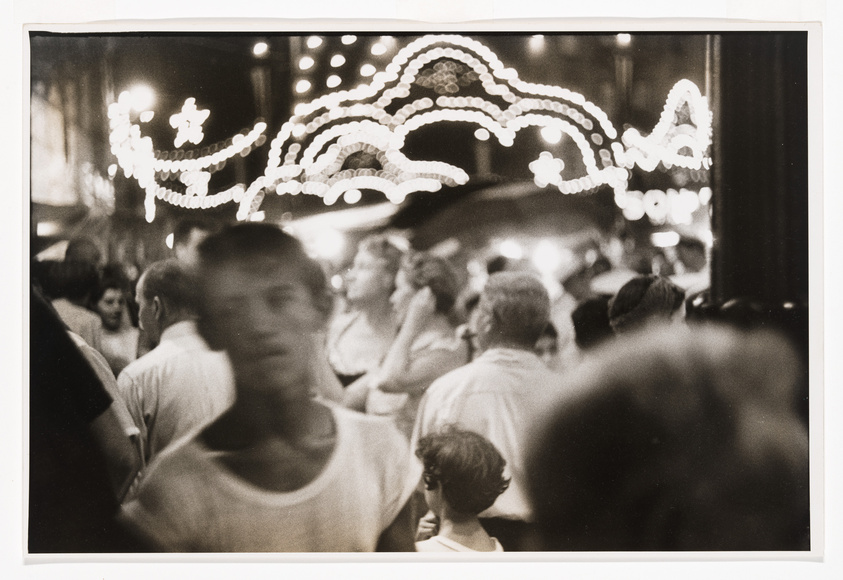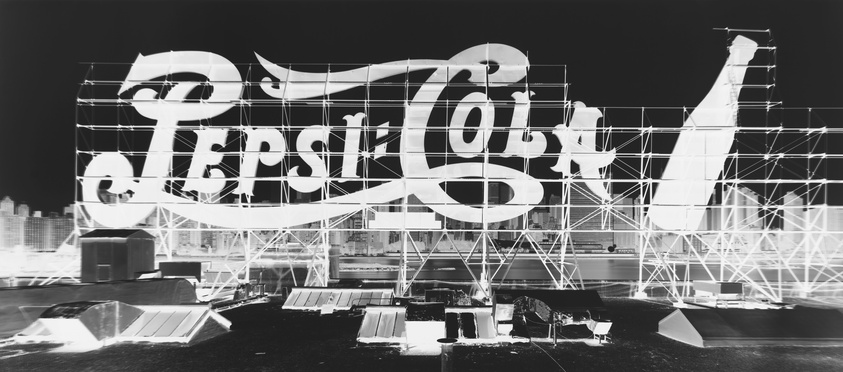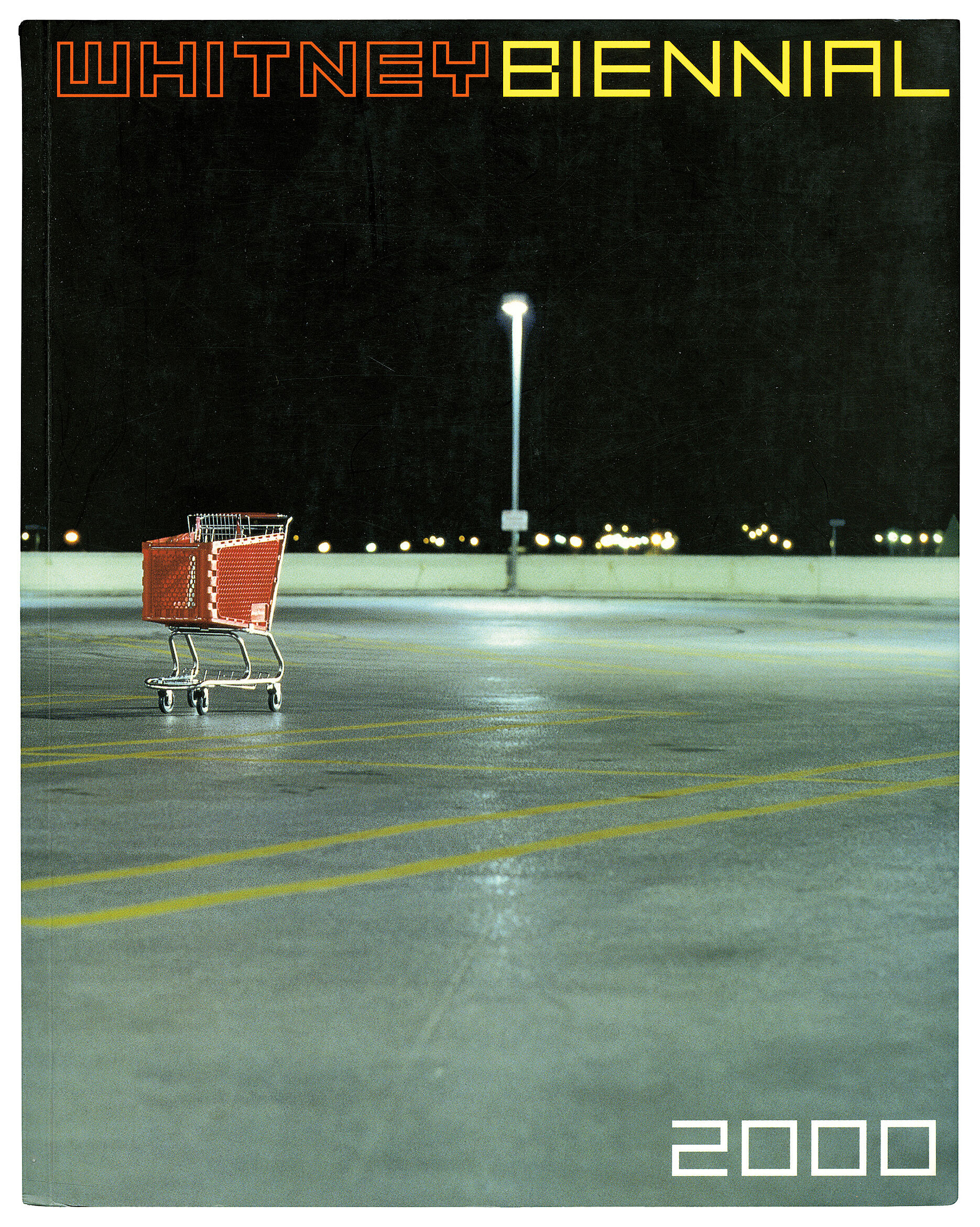Iñigo Manglano-Ovalle
1961–
Introduction
Iñigo Manglano-Ovalle (born 1961, Madrid, Spain) is an American conceptual artist known for multidisciplinary, socially oriented sculpture, video and installations and urban community-based projects of the 1990s. His work often explores a dialectical relationships involving minimalist aesthetics, the utopian ambitions of modernism and science, and the resulting—often negative—social, geopolitical and ecological consequences of such ideologies. New York Times critic Holland Cotter wrote that Manglano-Ovalle was adept in "distilling complex ideas into inviting visual metaphors," while Jody Zellen described his work as "infused with a formal elegance and sociopolitical content." Manglano-Ovalle has been featured in solo exhibitions at the Art Institute of Chicago, MASS MoCA, Museo Tamayo Arte Contemporaneo and Museum of Contemporary Art, Chicago (MCA), and participated in Documenta 12, the Venice Biennale, Whitney Biennial, and Bienal de São Paulo. He has been recognized with MacArthur Foundation, Guggenheim, and National Endowment for the Arts fellowships and his work belongs to the collections of forty major institutions. He has been a professor at Northwestern University since 2012 and lives and works in Chicago.
Wikidata identifier
Q1676183
Information from Wikipedia, made available under the Creative Commons Attribution-ShareAlike License . Accessed November 23, 2025.
Introduction
American artist, born in Spain.
Country of birth
Spain
Roles
Artist, installation artist, mixed-media artist, photographer, sculptor, video artist
ULAN identifier
500114651
Names
Iñigo Manglano-Ovalle, Inigo Manglano-Ovalle, Inigo Manglano- Ovalle, Iñigo Manglano- Ovalle
Information from the Getty Research Institute's Union List of Artist Names ® (ULAN), made available under the ODC Attribution License. Accessed November 23, 2025.



